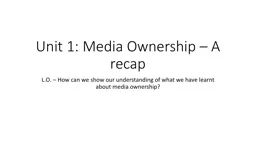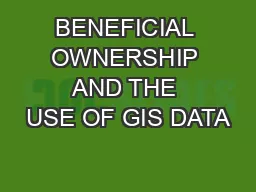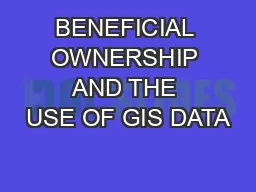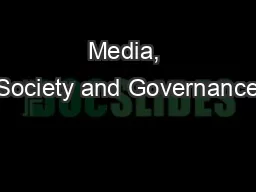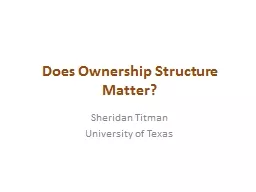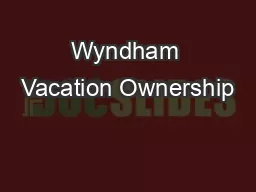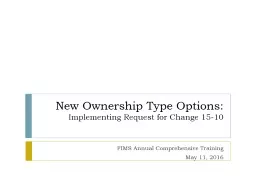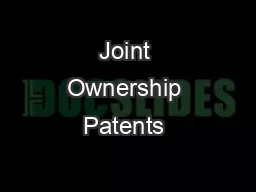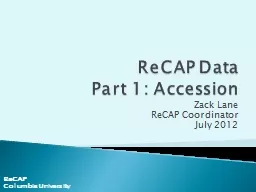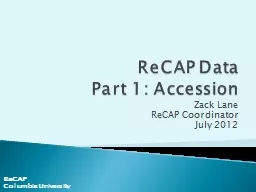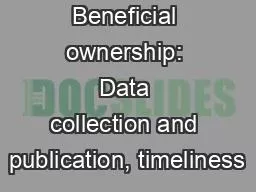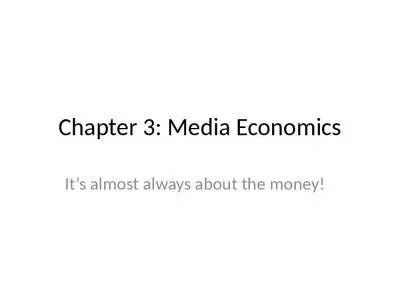PPT-Unit 1: Media Ownership – A recap
Author : faustina-dinatale | Published Date : 2018-12-16
LO How can we show our understanding of what we have learnt about media ownership Industries Conglomerate Independent Public service model Synergy Horizontal integration
Presentation Embed Code
Download Presentation
Download Presentation The PPT/PDF document "Unit 1: Media Ownership – A recap" is the property of its rightful owner. Permission is granted to download and print the materials on this website for personal, non-commercial use only, and to display it on your personal computer provided you do not modify the materials and that you retain all copyright notices contained in the materials. By downloading content from our website, you accept the terms of this agreement.
Unit 1: Media Ownership – A recap: Transcript
Download Rules Of Document
"Unit 1: Media Ownership – A recap"The content belongs to its owner. You may download and print it for personal use, without modification, and keep all copyright notices. By downloading, you agree to these terms.
Related Documents

